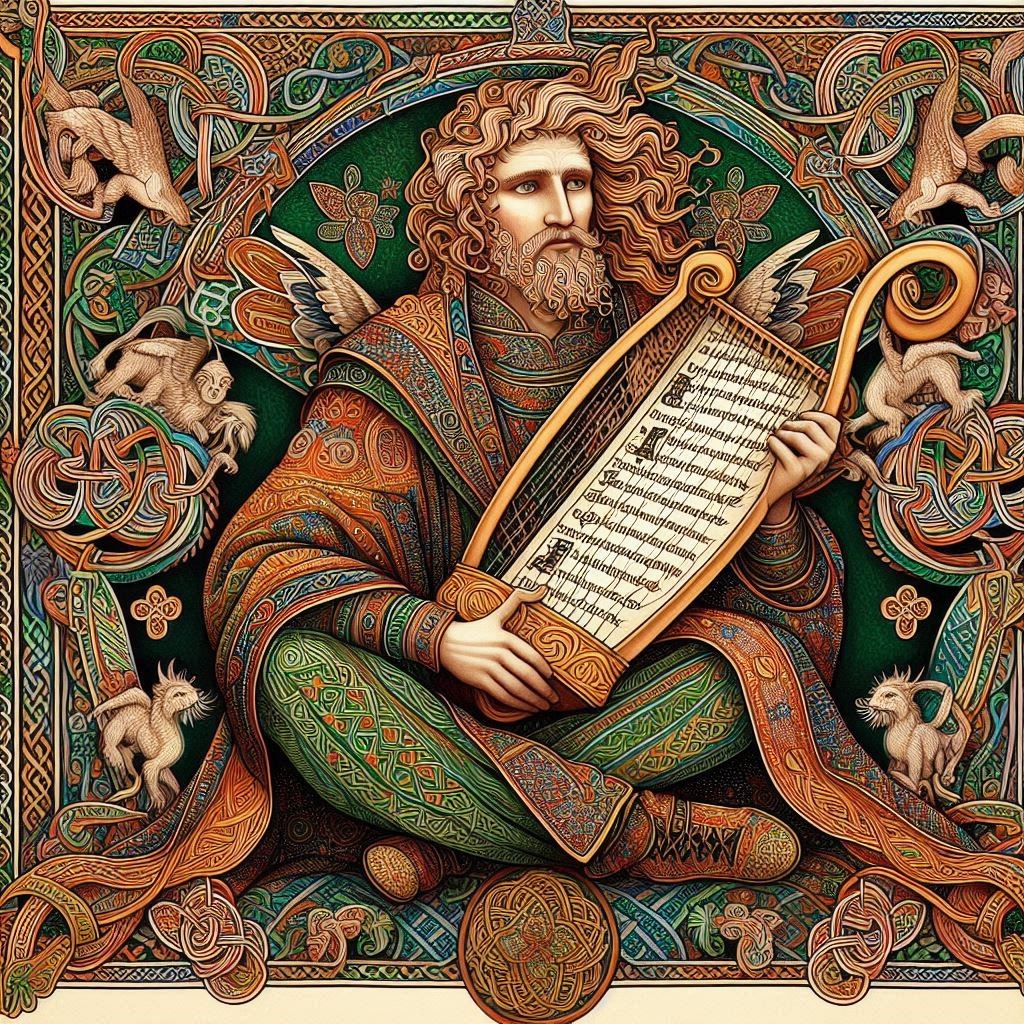About the Title
Scéala
I have sometimes been asked to explain my use of this old Irish word. What does it mean? Why is it significant? Is it the same as “Saga”?
Well, I must hold my hands up and agree that it is equivalent to “saga”. But that word is taken from a world that is vastly removed — both culturally and temporally — from the realms of the Calgach story. And I think it true to say, that “saga” is now more than a little bit overused!
The Scéala embodies the ancient Celtic tradition of storytelling where sharing narratives through oral and written tales was an essential part of life and society. The telling of the stories was the function of the Filidh (plural of fili) — highly esteemed poets, historians, and scholars in ancient Celtic society, particularly in Ireland and Scotland. They played a central role in preserving and transmitting oral tradition, genealogy, history, and mythology. Their responsibilities often overlapped with those of druids, and they were seen as keepers of cultural knowledge and wisdom.
Becoming a fili required rigorous training, which could take many years. Students studied language, law, history, mythology, and poetic forms, eventually achieving various ranks based on their mastery. The Filidh were believed to possess spiritual and mystical insight, and their words were thought to hold power—satires could even be considered a form of curse.
They were key figures in maintaining the rich oral tradition of the Celts, ensuring that knowledge and cultural identity were passed down through generations. They were the Keepers of the Scéala.
